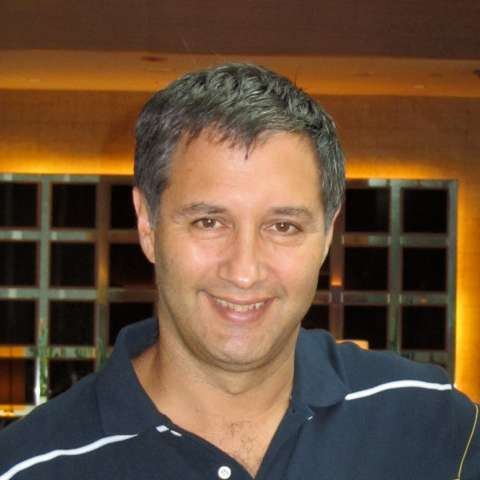Young violinists come in different shapes and styles, and this closing concert of the series of afternoon concerts by young performers in Gstaad Chapel was very different from yesterday’s. Where Albrecht Menzel was all about flamboyant virtuosity, this performance by 22-year old German Lukas Stepp was a far more thoughtful affair.
Stepp was a little shaky in the opening slow passage of Schubert’s C major Fantasy, with a number of intonation problems. He settled down as the music moved into the allegretto section, and I began to enjoy his rather refined, delicate style: he has good control of a wide range of dynamics and phrasing, and followed Schubert’s flowing lines in a way that brought out the composer’s good natured charm. Unlike many of the young violinists in this series, Stepp chose a pianist of his own age, Julia Kammerlander, who was very impressive, playing Schubert’s rippling rhythms with perfect consistency of timing and excellent balance: far more a partner to Stepp than a mere accompanist.
Resident composer Jean-Luc Darbellay’s eighth miniature was denoted as “with fervour and virtuosity” and was certainly both of those things, but it was rather disjointed for my taste: bursts of atonal scale that were interesting in themselves but which I didn’t really feel went anywhere. Just before the end, though, there was the chance for Stepp to show his technique in controlling a difficult sustained pianissimo: clearly, the wobbles of early on had been overcome.
The most substantial piece of the concert was Ravel’s Violin Sonata in G major. The first movement is a classic piece of French impressionism, with delicate tracery in the upper register of the piano played quite beautifully by Kammerlander. Stepp’s performance was measured but effective: he seems well in tune with both the finesse and variety of Ravel’s music, and produced a wonderfully held high note to end the movement. The second movement is unusual in the extreme. It’s considerably inspired by early jazz music, and is indeed labelled “Blues,” although (at least in this performance) I didn’t hear much blues feel - a few blue notes and slides here and there, but more signs of Gershwin show tunes than blues. The third movement is back to a fast and joyful pace, and here the synchronisation between the two performers was a real joy, one of those moments where a difficult section of music is played right on the nail.
The last item on the programme was the Saint-Saëns Introduction et Rondo capriccioso. This is often played as a showpiece, with the emphasis on a display of virtuosic fireworks. Stepp did something rather different: he did indeed milk the delicious melodic opening for its full effect, but the rest of the performance was one of great variety and humour: rather than feeling I was there to watch a show, I got a sense of the music’s quirkiness.
The first movement of a Bach solo violin sonata was perhaps an unwise choice as an encore: it’s a beginning piece, not an ending piece, and it’s not really possible to shift the audience so suddenly from the caprices of belle époque France to Bach’s utter seriousness. Also, I felt it sold Kammerlander short, given that her performance had contributed so much.
So broadly, I enjoyed this concert as much as the previous day’s, albeit in a different, understated way. It’s a second example both of how much talent young performers are able to put on show and of some of the gaps to be filled as they grow.


